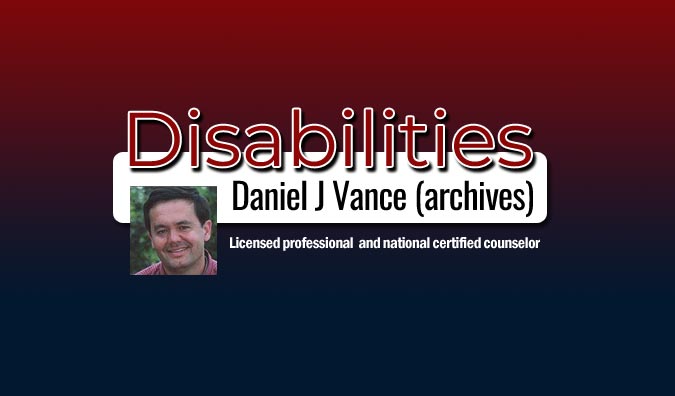If not for volunteering at age 13 to help a girl with traumatic brain injury, Robert Stack likely wouldn’t have gone on to begin an organization that would improve the lives of thousands of people with disabilities.
“Back then, I was (at age 13) studying to be a priest,” 53-year-old Stack said in a telephone interview from the headquarters of his New Jersey nonprofit, Community Options. “I was volunteering to work with children with disabilities and didn’t know (much) about physical disability. I was taking this one girl through the mall and helping her do things. I enjoyed being involved trying to facilitate her growth. Her name was Tanya.”
Eventually, he became director of United Cerebral Palsy of New Jersey. In 1989, he founded Community Options, which develops housing and employment for people with disabilities, serving 1,500 people in nine states and operating 170 group homes.
One cause he has adopted: More than 50,000 Americans with disabilities still live in state-run institutions.
“The state with the most people with disabilities in institutions is Texas, which has almost 5,000 people in 13 institutions,” he said. “New Jersey has 3,000. Twelve states don’t have any. Mississippi, Pennsylvania, and New York have large numbers.”
People with disabilities that have done nothing wrong against society shouldn’t have to live in institutions, he said. Fortunately, the number of people affected has been dropping because of evidence showing people generally do much better living in community-based group homes. It’s far less expensive for taxpayers, too. But the numbers aren’t dropping fast enough, Stack said.
Stack cited one example of a blind man leaving an institution who, after moving out on his own, gained full-time employment and company-paid healthcare benefits. “By living out in the community, many of these people become more independent and less dependent on others,” he added.
Of the 50,000 people with disabilities remaining in state institutions, Stack believed at least 30,000 were in sufficient physical, mental, and emotional readiness to leave tomorrow for community residential housing if given an opportunity. He said some states may be keeping these institutions open just to avoid layoffs.
“These people are a disenfranchised group,” he said. “If having a magic wand, I’d like to see their number (in institutions) cut in half within a year. It’s not hard to do. It’s just a matter of having the will to do it.”
(21+ years strong)
Welcome to the brighter side!
Get in front of local customers! 24/7 (365)




















